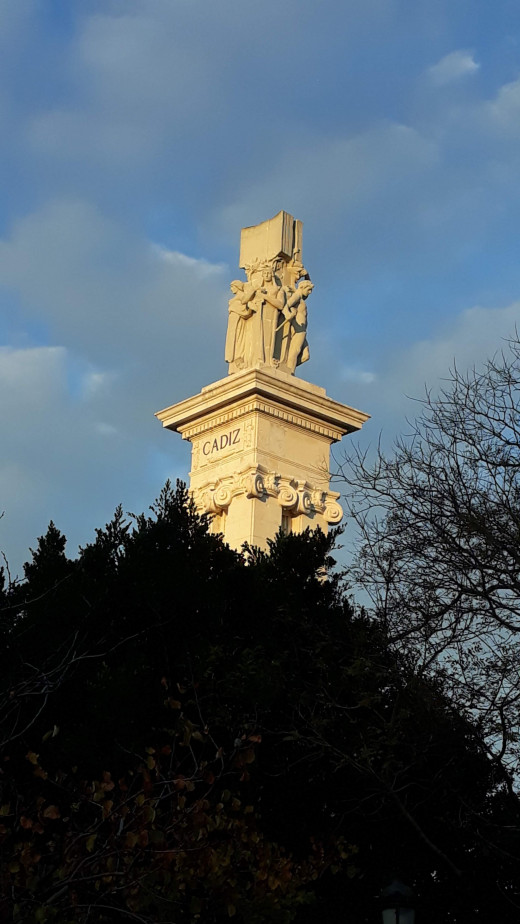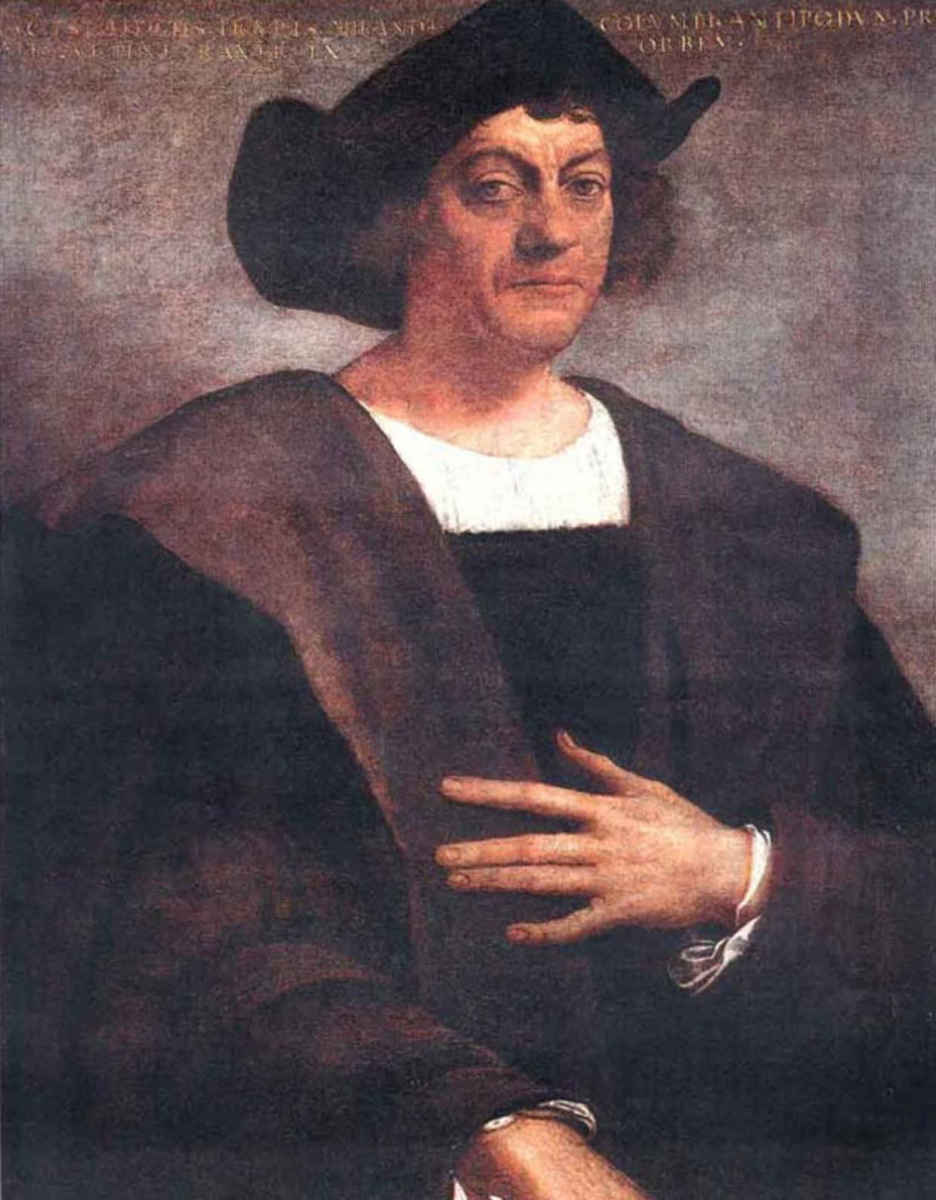Cadiz, More than 3000 years of History.
Cadiz.
Cadiz is a small city situated on the south Spanish coast, and although today it survives of tourism, it has an ancient history to fall back on.
The history of Cadiz is absolutely amazing, basically every single important group that left a mark on the history maps, left a mark here as well. Let me tell you the history of this fascinating city.
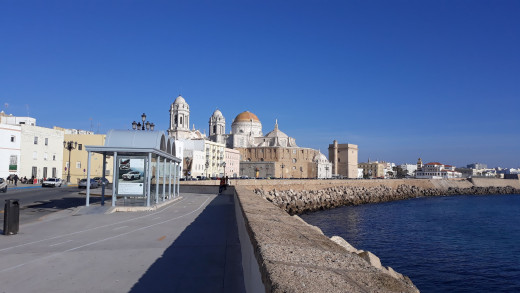
The first settlers.
The first settlers of Cadiz were the Phoenicians. They established a trading colony in the Cadiz area around 1100 BC, but history books tells us that already as early as the 7th century, they were established in the region.
They traded with a group called Tartessos, a group living at the mouth of modern day Guadalquivir, however the exact location of where these people lived, is still unknown.
The city later became part of the Carthaginian empire. Cadiz became the starting point for Hanibal's conquest of Iberia.
Romans.
At the beginning of the 2nd century BC, the Roman empire arrived and conquered the iberian peninsula. Cadiz became roman in 200 BC. It was the principal city of the Roman colony of Augusta Urbs Julia Gaditana, and home to more than 500 wealthy families. The city had an aqueduct that provided fresh water to the town. It also had an amphitheater which could house up to 10.000 people. Roman Gades was never really large.
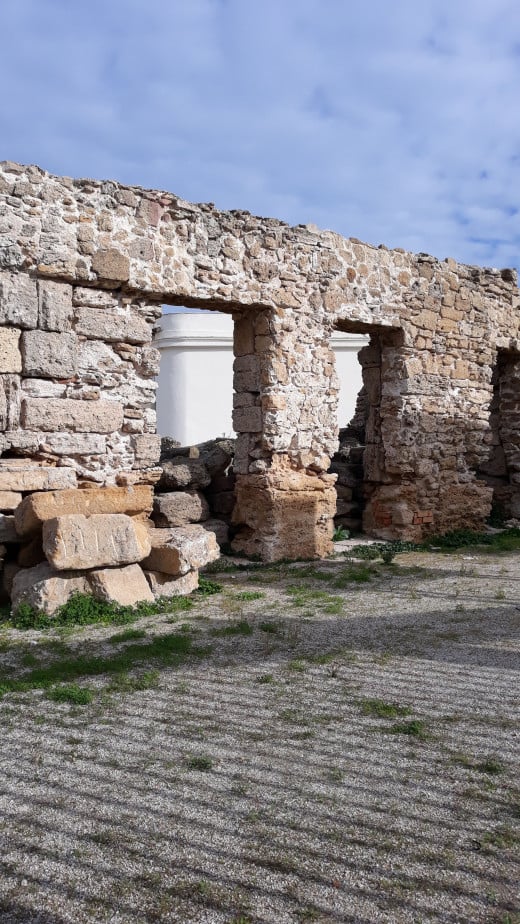
Visigoths.
In 410, the visigoths arrived and took possesion of the area. However in 551 the site was later reconquered by Justinian, and became part of the Byzantine province of Spania. It remained Byzantine until the year 572, when Leovigild came to reconquer it and returned it to the Visigoth kingdom.
Arabic rule.
In 711, Tariq, who lived normally in Tangier in modern day Morocco, decided to cross the sound between Africa and Europe, to conquer the Iberian peninsula. After his conquest, the arabic ruled in what they called "Quadiz" betwen 711 and 1262. It is from here the modern day name Cadiz derives. The arabic were governing here until they were expelled by Alfonso X of Castille in 1262.
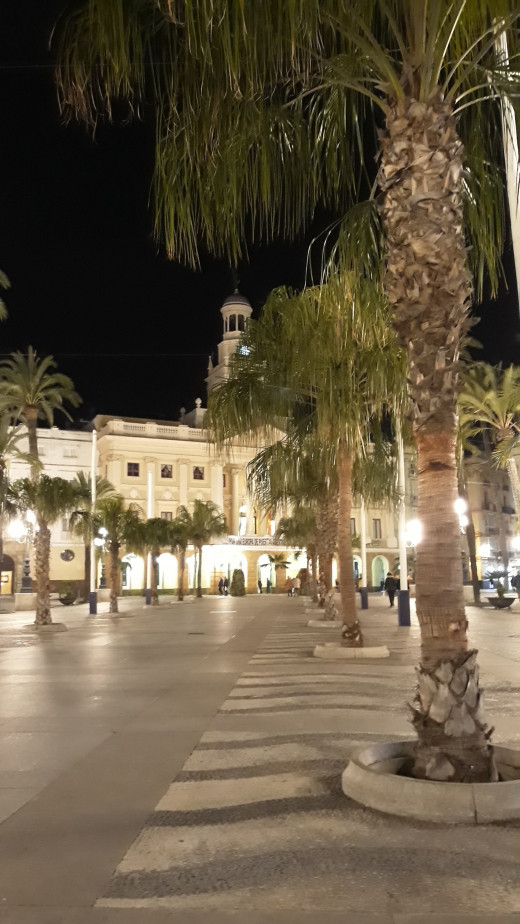
Regaining importance during the Age of Discoveries.
During the Age of Discoveries, the city regained popularity. Christopher Columbus sailed from Cadiz on his 2nd and 4th voyages to the new world, and later the city became the base for the Spanish fleet.
In 1569, the old town was destroyed by a fire, and in 1587, Francis Drake occupied the harbour for 3 days, in a raid, and destroyed 31 ships and captured 6. The attack delayed the spanish army by a year. The city suffered another, more serious attack in 1596, when the Anglo-Dutch fleet captured it. Spanish ships were destroyed and the city was looted and occupied for almost a month. Finally, when the royals refused to pay ransom, the city was burned. Another attempt of raiding was made in 1625, but was unsuccessful.
New glorious era.
In 1790, Cadiz received the monopoly over the Spanish trading as the river Guadalquivir had developed sandy banks which made it impossible to sail to Seville with the merchandise. The Spanish empire now had started to fall apart, but Cadiz experienced a new golden age with the merchandise coming from the colonies.
It was now again becoming filled with rich and cosmopolitan people, most of them were Irish. Many of the buildings that you can see in Cadiz today, date from this time period.
Napoleon and the constitution.
During the Napoleonic wars, Cadiz was blockaded by the British between 1792 to 1802, and again from 1803 to the outbreak of the peninsular war in 1808. In 1812, the Spanish constitution was proclaimed in Cadiz.
In 1868, Cadiz was the seat of the revolution that ended in the Queen Isabella II's abdication, however, the monarch was allowed back to the throne as she was reinstated two years later.
In recent years, the city has got a "facelift" and many of the monuments such as the cathedral and the coastal walk have been renovated.
Today more than anything, Cadiz lives out of tourism, especially the big cruise ships that dock in the port.
